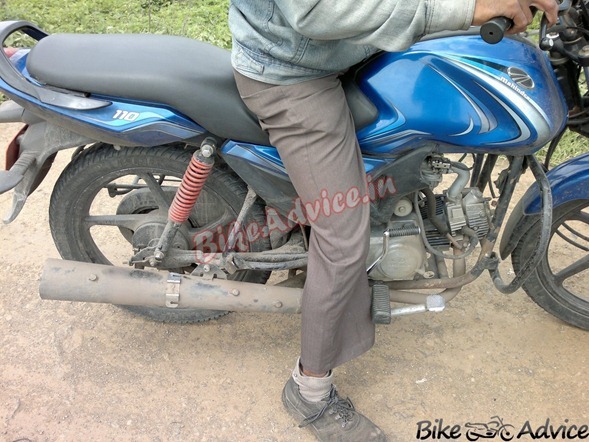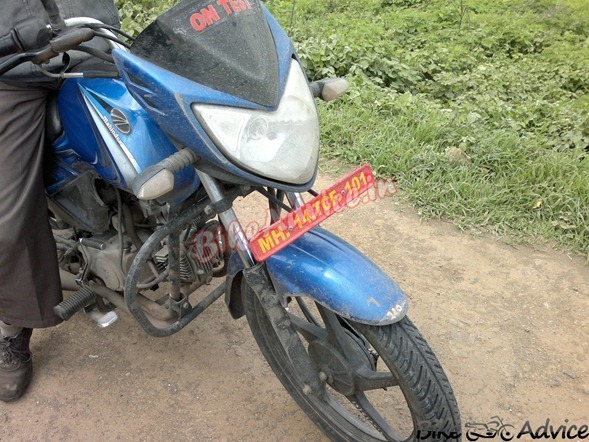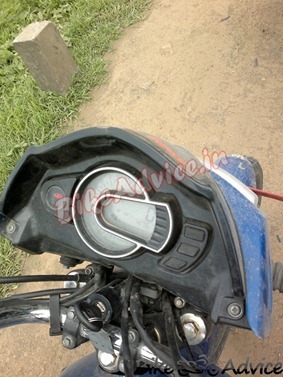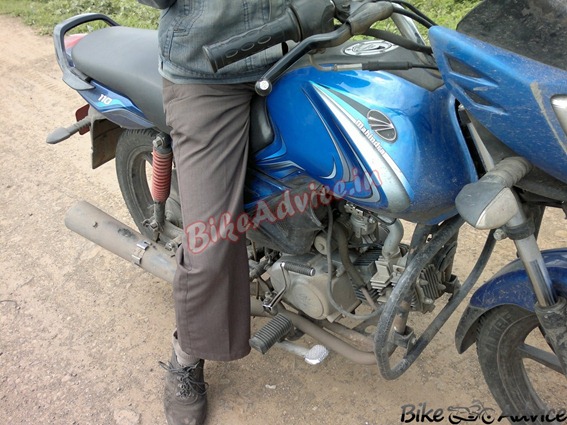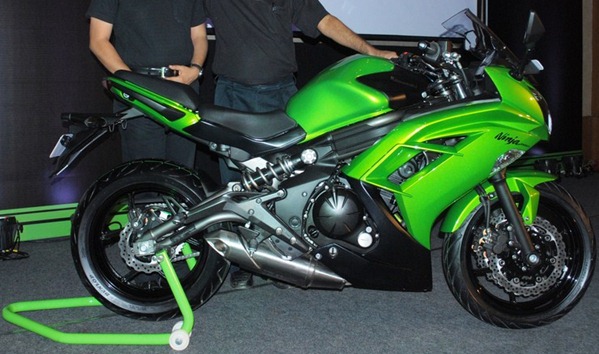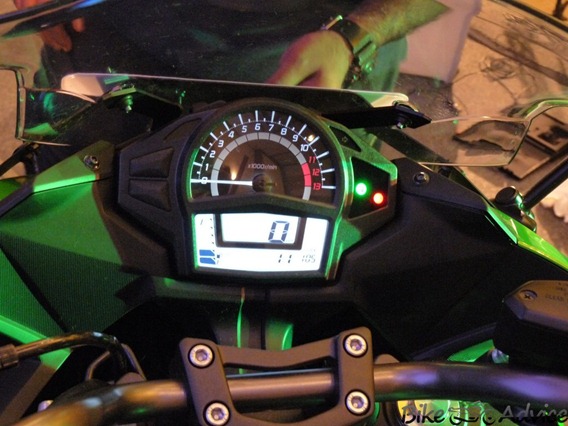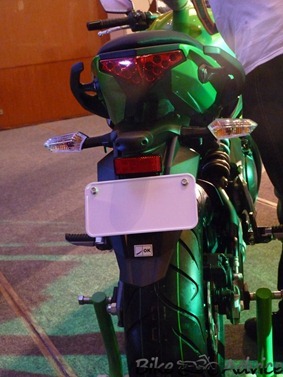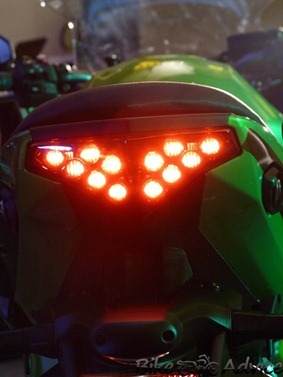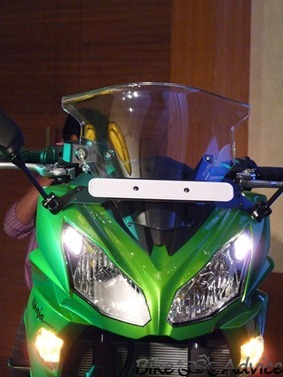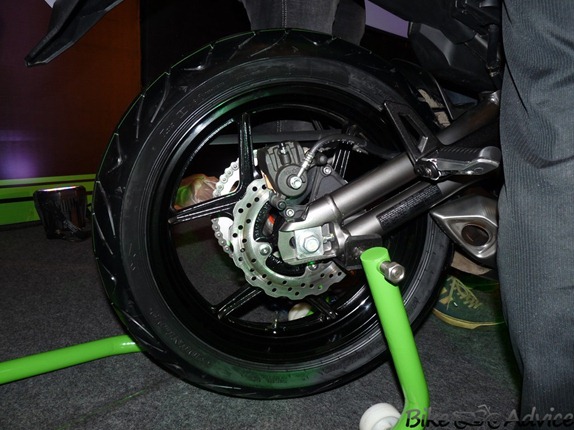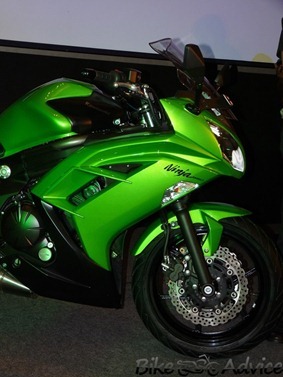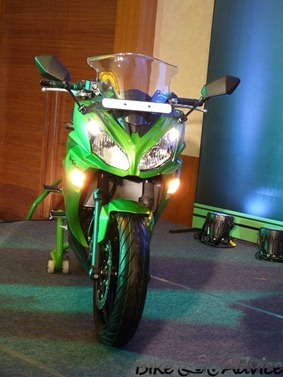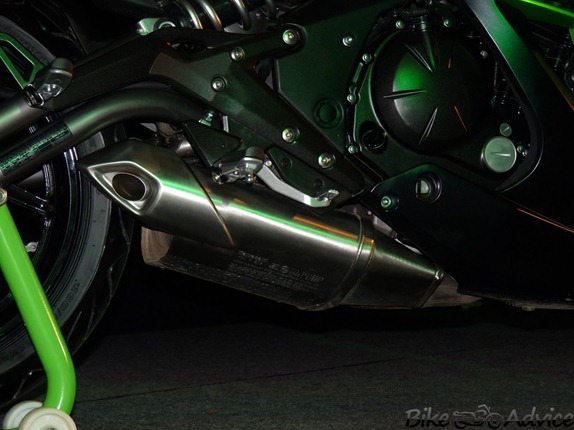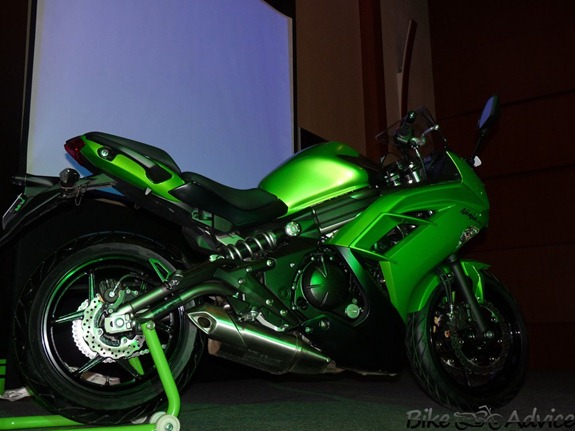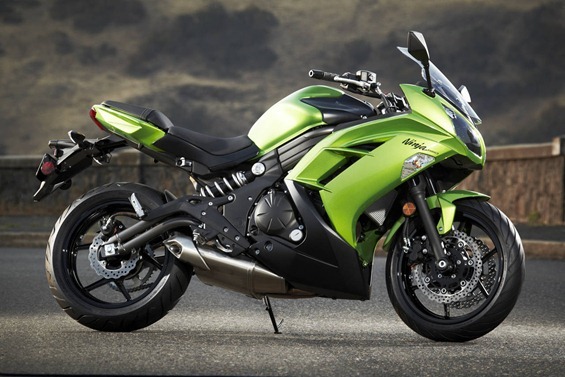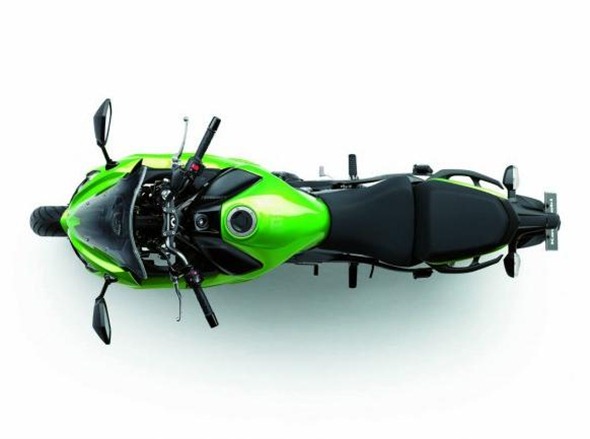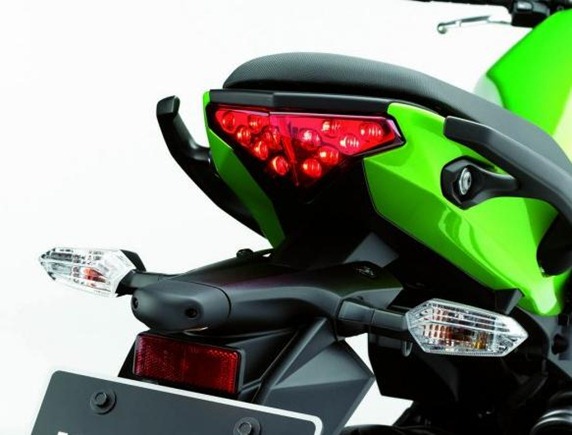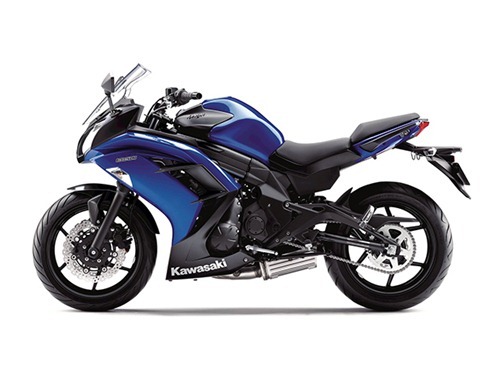
For modeling uniflow
scavenged engines, researchers referenced a modern aircraft two-stroke
turbocharged diesel power plant, named WAM 100/120, produced by Wilksch
Airmotive, with a top brake power of 100-120 hp. A GT-Power model of the
IDI engine was built and calibrated against experiments.
The application of the two-stroke diesel concept to aircraft engines is everything but a novelty. For example, Junkers
built a very successful series of these engines in the late 1930s named
JUMO. The main advantage offered by such an engine is fuel efficiency;
even in 1938, the JUMO engine was capable of a brake specific fuel
consumption of 213 g/kW·h, an impressive figure even by modern
standards.
It should be noted that fuel consumption
is very important for aircraft performance, since a relevant portion of
the aircraft total weight (sometimes up to 50%) is due to fuel storage.
The main reason for the outstanding fuel
economy of two-stroke diesel engines is the high mechanical efficiency
ensuing from the two-stroke cycle. Besides the possibility of having no
poppet valves and the associated driving system, mechanical friction
losses over the cycle are about halved in comparison to a four-stroke
engine having the same crank and piston and crankcase design, due to the
double cycle frequency.
Furthermore, the two-stroke cycle is a
good match for aircraft engines, since it is possible to achieve high
power density at low crankshaft speed, allowing direct coupling to a
propeller without the need for a reduction drive (which is heavy and
expensive, besides adsorbing energy).
Supercharging further improves power
density and fuel efficiency, as well as enhancing altitude performance.
Diesel combustion allows a higher boosting level, in comparison to spark
ignited engines, limited by knocking. In addition, high octane aviation
gasoline is expected to be subject to strong limitations, due to its
polluting emissions of lead, while a diesel engine can burn a variety of
fuels, including automotive diesel and turbine fuels such as JP4 and
JP5, and Jet A.
Further advantages in comparison to
gasoline powerplants are: reduced fire and explosion hazard, better
in-flight reliability (no mixture control problems), no carburetor icing
problems, and safe cabin heating from exhaust stacks (less danger of
carbon monoxide intoxication).
The recent development of diesel
technology, along with the above mentioned series of advantages, has
made the two-stroke, compression ignition engine an interesting option
for light aircraft manufacturers, seeking power unit of 100-300 hp,
preferably not heavier than existing SI powerplants.
Conversion of automotive four-stroke
units is generally not attractive, since they are relatively heavy.
Thus, design must be carried out from scratch to achieve an acceptable
power-to-weight target. The mission is not impossible: in the late
1990s, AVL developed a 1-L, two-stroke
turbocharged diesel engine, with uniflow scavenging, achieving a brake
power of 50 kW and a weight less than 80 kg, and Wilksch Airmotive brought
to the experimental aircraft market a 90-kW three-cylinder, two-stroke
unit using IDI combustion and weighing only 100 kg.
The aircraft diesel engine market is in
its infancy: several two-stroke prototypes have been built but none have
achieved type certification at the time of this writing. Selected
cylinder configurations have included loop and uniflow scavenging as
well as opposed piston uniflow.
Researchers from the University of Modena & Reggio Emilia and
Wilksch studied the two most widespread scavenging designs: uniflow
with exhaust poppet valves and loop scavenging with piston controlled
ports to assess the potential of two-stroke high-speed diesel engines on
light aircraft.
Comparisons were made between both the
two-stroke CI configurations. Predictions for both uniflow and loop
scavenged three-cylinder engines were calculated using GT-Power,
supported by CFD-3D combustion and scavenging simulations.
The results were not anticipated at the
outset of the study. The uniflow engine was significantly more complex
and hence more costly and heavier than the loop scavenged engine. It
also had the perceived advantage of complete flexibility of exhaust
timing events via the cam-operated valves.
By contrast, the loop scavenged engine
was simpler and cheaper to produce but brought with it the restriction
of symmetrical inlet and exhaust event timing.
It was anticipated that the more complex uniflow engine would offer performance benefits at the cost of increased complexity.
This was not the case, with the loop
scavenged engine showing advantages in all key areas of interest
(power-to-weight ratio, fuel efficiency, altitude performance, cooling
pack size requirements) and no major disadvantages.
This outcome can be mainly explained by
the particular layout of the engines (three-cylinder), providing an
exhaust manifold dynamics that helps to enhance trapping ratio, even
with large exhaust closing retard. This fact almost canceled the
advantage inherent to the cam-controlled valves, leaving the drawbacks,
i.e. lower mechanical efficiency and smaller exhaust flow areas.
It is expected that a future study
should address the loop scavenged engine's durability potential and
should define a viable all-mechanical fuel system.
This article is based on SAE technical paper
2011-24-0089 by Enrico Mattarelli and Carlo Alberto Rinaldini,
University of Modena & Reggio Emilia; and Mark Wilksch, Wilksch Aero

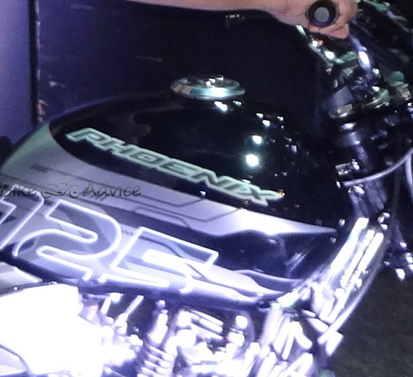
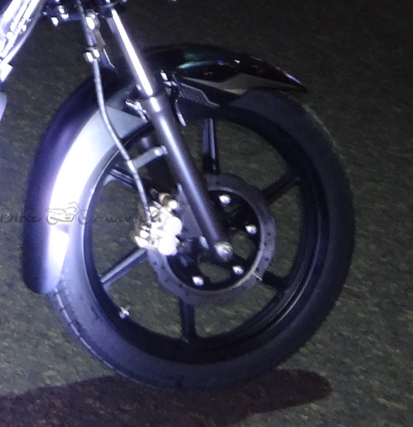

 Advanced
high-tensile aluminium alloys can now completely supersede steel that
has conventionally been used to make a vehicle body, the most important
car component. This was proved by Audi engineers, who
in 1994 released a passenger A8 model with the complete body made
of aluminium. The model showed a weight reduction of 239 kg!
Advanced
high-tensile aluminium alloys can now completely supersede steel that
has conventionally been used to make a vehicle body, the most important
car component. This was proved by Audi engineers, who
in 1994 released a passenger A8 model with the complete body made
of aluminium. The model showed a weight reduction of 239 kg! 
